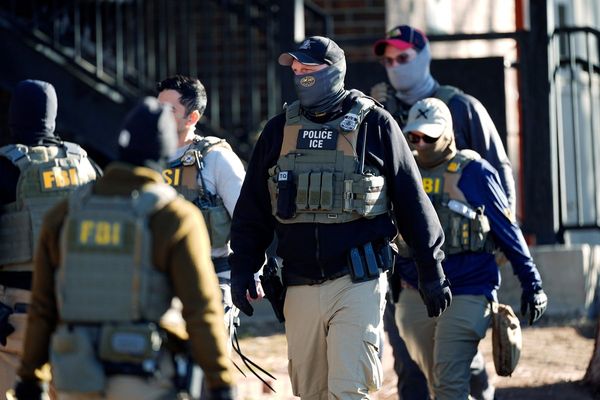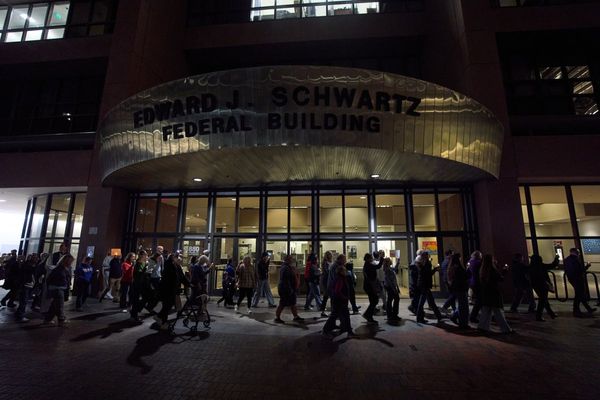A man has been killed and more than 725,000 homes and businesses have been left without power in Ireland after Storm Éowyn battered the country, leaving a trail of destruction.
More than 500,000 homes were at risk of disruption to water supplies, and boil-water notices were issued in several counties. Authorities said it would take more than a week to restore power to all premises.
Continuous warnings to stay indoors had resulted in a near lockdown, with schools and offices closed and public transport cancelled for much of the day.
One fatality was reported: a driver of a car that was hit by a tree in Raphoe, County Donegal.
The short, sharp lashing meted out by Èowyn was the result of an “explosive cyclogenesis”, John Sweeney, an emeritus professor of geography at Maynooth University, told RTÉ.
The rapid deepening of a cyclonic low-pressure area coming across the Atlantic resulted in winds of 113mph (183km/h) recorded at Mace Head, County Galway, at 5am, just above the previous record high of 182km/h set in January 1945 in Foynes, County Limerick.
As the storm – which had dissipated by Friday afternoon – moved north, the scale of the damage started to emerge.
A €3m “airdome” indoor sports facility ripped from the ground overnight in County Mayo was one of many structural casualties. Fallen trees and electricity wires blocked many roads while 130,000 homes were without water, according to the water authority, Uisce Éireann.
One Kerry couple said they had a narrow escape after part of the gable wall above their bedroom disappeared in the storm. “We are very lucky that we are alive. If it had fallen inside we would have been buried underneath it. It was just the worst nightmare you can have really,” Jaro Fagan, in Ceann Trá, told RTÉ.
The Electricity Supply Board said it had been in contact with its UK and European counterparts about contingency electricity supplies. “From our experience of previous significant weather events and due to the severity of Storm Éowyn, we expect that power restoration will take a significant number of days and will take more than a week in the worst impacted areas,” it said in a statement.
It said its priority was emergency callouts to make low-hanging wires safe, which meant electricity had to be switched off while repairs were done.
By lunchtime 725,000 properties were without power in the country with another 283,000 suffering outages in Northern Ireland.
Emergency services were on high alert throughout the day as people heeded the warnings to stay indoors, helped by the decision to close schools, parks and offices and cancel public transport during the peak of the storm.
The most dangerous recorded storm in Irish history was Hurricane Debbie. This was not an Atlantic storm but a rare tropical cyclone, which struck on 16 September 1961, causing 18 deaths in the Republic of Ireland and six in Northern Ireland.







